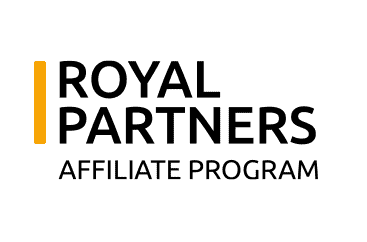Promoting Educational Toys Through Affiliate Marketing

Educational toys have carved out a loyal corner of the toy market. Parents aren’t just shopping for something fun—they’re choosing tools to help their children grow.
Whether it’s encouraging early maths skills, fine motor development or an interest in science, toys that support learning are high on the wishlist. For affiliate marketers, that opens up a steady stream of demand, especially when coupled with trusted recommendations and timely promotion.
Here’s how to make affiliate marketing work in this space, with strategies that go beyond basic product listings.
Know what parents are really buying
When a parent shops for an educational toy, they’re not just thinking about shapes and colours. They’re thinking about milestones: fine motor skills, problem-solving, STEM skills, even early literacy. That’s why vague product descriptions don’t work. Affiliate content that connects the toy to a real-life moment—like helping a toddler with speech development, or giving a curious seven-year-old their first hands-on science kit—does a lot better than simply listing specs.
Marketers who get this right don’t focus on keywords like “top educational toys for 4-year-olds.” They focus on phrases parents actually use: “best toys to help with speech delay” or “how to keep a 5-year-old busy without screens.” There’s power in understanding your audience’s mindset.
Use storytelling, not just reviews
A sterile affiliate review won’t convert if it reads like a listicle generated by a bot. But tell a story about your nephew learning to code using a simple toy robot? That sticks. Educational toys live in a unique emotional space—where love for a child meets the anxiety of doing what’s “right” for their development. If you can speak to both, your links will get clicks.
Some of the highest-performing affiliates in this space structure their content around “use journeys.” For example, “What happened when we swapped YouTube Kids for STEM kits” or “Why this puzzle toy saved our sanity on a rainy weekend.” These aren’t just reviews—they’re mini case studies, and they perform much better when it comes to affiliate-driven conversions.
Lean into seasonality—but keep the momentum year-round
There’s a clear spike in educational toy interest during Q4. Black Friday, Christmas, and school holidays all drive traffic. But smart affiliates don’t pack up in January. They ride the wave by shifting the content focus to birthdays, school readiness, or screen-free summer ideas.
If your blog or site ranks for “best educational toys for toddlers,” don’t let it sit idle in the off-season. Update it. Add new products, refresh headlines, or run a spring giveaway in partnership with a toy brand. The goal is to stay visible and active so that you benefit during both high and low seasons.
Video and short-form content wins attention
The parent audience isn’t always reading long-form content. In between naps, meals, and school runs, they’re scrolling through Instagram Reels or TikTok. That’s where product demos, unboxings, and “toy in use” content comes into its own.
It doesn’t have to be a huge production either. Even a 20-second video of a child using a sensory toy, with a simple caption explaining the learning benefit, can drive traffic. Include your affiliate link in the description or bio and track where clicks are coming from. If you have a blog, embed the video alongside your affiliate content to improve engagement and session time.
Partner with trusted brands (and look for better commission terms)
Not all educational toy affiliate programs are created equal. Some offer 10% commission with 30-day cookies, while others only give 3% for a 24-hour window. It pays to shop around and, where possible, reach out to brands directly. Smaller educational toy makers are often open to bespoke arrangements—especially if you have a niche audience and strong content.
Platforms like ShareASale, Awin, and Impact list educational toy brands, but don’t overlook Amazon either. While its commission is lower, the trust factor is high, and parents often buy more than one item in a single session, which can bump up your earnings.
Build an email list focused on parents
If you’re serious about this niche, build your own direct channel. A simple weekly email with “3 screen-free toys we love this week” can go a long way. Use your email to share affiliate links, build familiarity, and keep readers engaged throughout the year. Most affiliates rely too heavily on Google or social media. An email list gives you some protection and allows you to promote time-sensitive deals or exclusive discounts with better control.
Final thought
The educational toy niche isn’t just about clever products. It’s about trust, timing, and talking to parents in a way that resonates. If you can combine a good eye for quality toys with meaningful content and smart promotion, affiliate marketing in this space can be more than a side hustle. It can become a long-term, reliable source of income—especially for creators and parents who want to make a difference while earning.
Let the big brands fight over TikTok trends. Focus on building authority, adding real value, and you’ll stand out in a crowded market.






